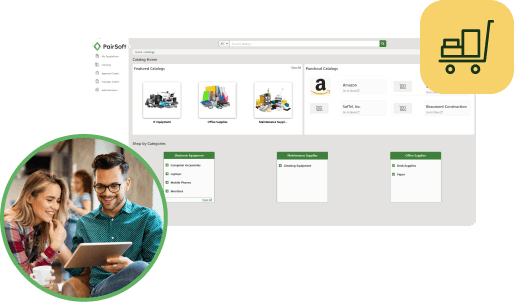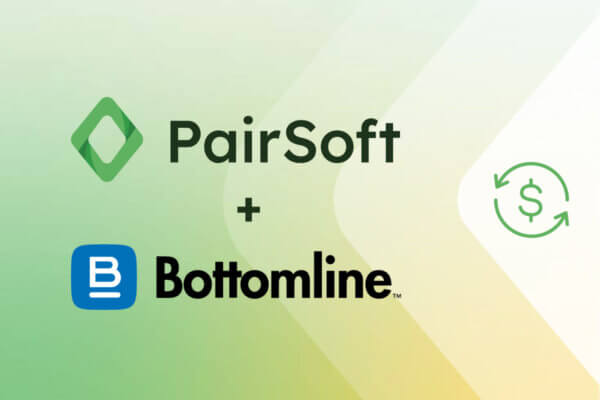Using technology to cut procurement-related costs
The professional life of a chief procurement officer (CPO) is one full of complexity, uncertainty and risk. The Deloitte Global CPO Survey 2019 found that when coupled with digital transformation and expanding geopolitical risks, procurement is more complex than ever before, and even more important to organizations at large. CPOs are responding to the changing landscape in numerous ways, with one primary coping strategy remaining paramount—cutting costs. Here we take a high-level look at the life of a CPO in 2020 to see how they are using technology to reduce procurement-related costs.
The results are in: technology can reduce procurement costs
CPO’s embrace of technology is an evolving process, with the core set of procurement activities—comprising requisitioning and ordering (e-procurement), invoice processing and payments, sourcing, spend/supply analytics and contract management—getting the most attention.
A recent report released by the strategic consulting firm, The Hackett Group, found that through the deployment of digital tools, procurement organizations can reduce operational costs by up to 45%. The report credits developing technology with providing the most immediate and impactful benefits to adopters. Companies that deploy smart automation technologies, such as robotic process automation, smart data capture and machine learning can expect a 17% cost reduction.
Four ways technology lowers costs
1. Promoting compliance
Many CPOs struggle with how to measurably improve their procurement processes because they lack the systems to support the initiative. Modern procurement applications bring more spend under direct control, provide broad visibility and offer configurable controls that help optimize spending, enforce budgets and dictate workflows to help maintain compliance with your organization’s cost-cutting measures.
2. Boosting productivity
Office workers lose one-third of their time to administrative tasks. This is why automating low-value tasks is vital to lowering costs, increasing efficiency and boosting revenues. The aforementioned Hackett Group’s report estimates world-class procurement organizations enjoy a 68% productivity advantage while reducing costs 55% compared to peer organizations.
Both internal stakeholders and suppliers benefit by your organization’s ability to extend digital procurement tools outside of the procurement department. For example, mobile approvals empower employees to enter requisitions and managers to review and approve requisitions while on the go. And self-service vendor portals enable suppliers to submit invoices, respond to RFQs and maintain their own contact details—minimizing the workload on your staff. By putting procurement tools in the hands of more stakeholders, you eliminate manual touchpoints and bottlenecks, saving both time and money.
3. Automating workflows
Automating routine functions such as data capture and workflow routing improves decision-making capacities, enhances forecasting abilities, and mitigates potential compliance and fraud risks and boosts productivity.
CFOs recognize a number of advanced digital technologies that are beginning to transform the procurement cycle, speeding and streamlining operations and lowering overhead costs. Among those technologies are artificial intelligence (AI) and machine learning. These technologies can be leveraged to eliminate manual tasks such as data entry, two-way and three-way matching of invoices, invoice routing, and invoice filing and retrieval. Combining these capabilities allows procurement organizations to automate structured work like maintaining pricing files and PunchOut catalogs, submitting purchase orders, or reviewing contract terms.
4. Providing actionable insights
Understanding how cash is spent is vital for the effective operation of any business. Yet, even CPOs often lack clear visibility into their organization’s spend. This lack of visibility is usually caused by the use of disparate systems, employee spending outside of established systems, and spend occurring in across multiple locations, or in different currencies. By consolidating the procurement function, using a procurement solution that supports multi-currency, multi-tax, and multi-company—and one that integrates with the organization’s ERP application, CPOs and their teams gain access to actionable insights needed to optimize operations and lower procurement costs.
55% cost reduction
It’s clear that technology has become the primary tool for optimizing processes and lowering transactional costs across all departments—including procurement. As CPOs find themselves in the hot seat, charged with lowering overall procurement costs and adding strategic value and return on investment for procurement investments, technology tools, including procurement software solutions, will continue to prove their value.
You may also be interested in







